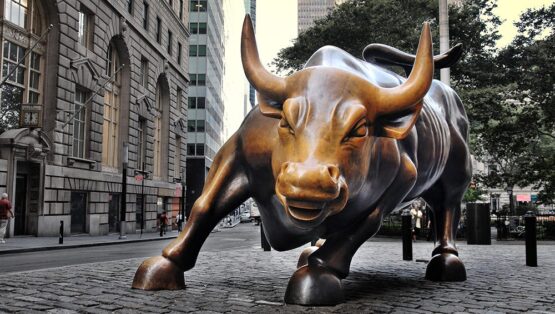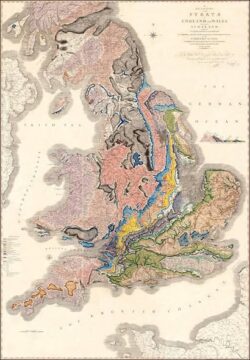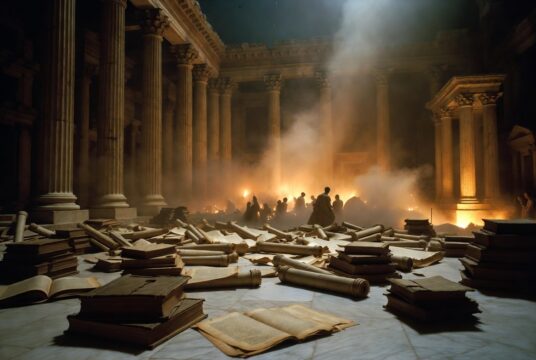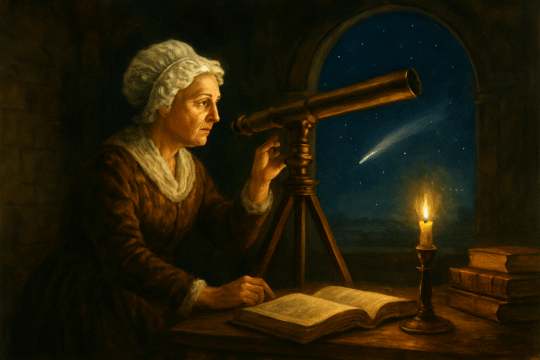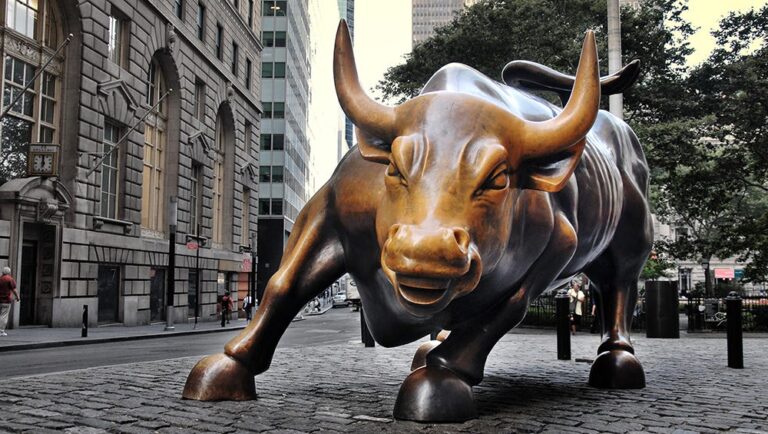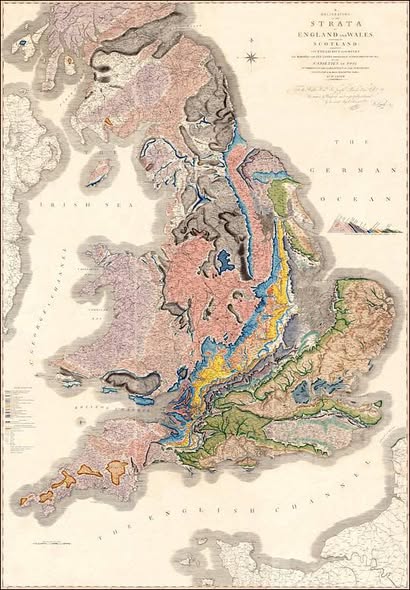In the autumn of 1781, a British slave ship called The Zong set sail from the coast of West Africa. Onboard were more than four hundred enslaved Africans, captured and sold to British traders. The ship was bound for Jamaica, part of a trade route that had become one of the most profitable industries of the time.
The Zong was heavily overloaded. The cramped, unsanitary conditions made the journey almost unbearable. People were chained together in tight rows, unable to move or breathe freely. Many became sick from disease and lack of fresh air. The smell of sweat, waste, and sickness filled the lower decks.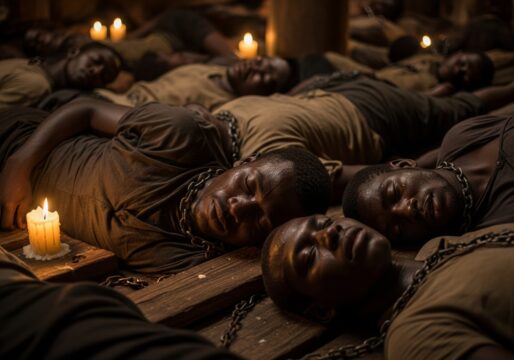
As the voyage dragged on, the ship’s crew struggled to keep control. Captain Luke Collingwood, who was in poor health himself, later claimed that the ship had lost its way and that the crew was running short on drinking water. Fear began to spread that they would not have enough to survive the journey.
Instead of seeking help or adjusting their course, Collingwood made a decision that revealed the full cruelty of the slave trade. Under the insurance laws of the time, enslaved Africans were considered property. If they died of disease, the owners would lose money. But if they were thrown overboard and declared “lost at sea,” the owners could file a claim and be reimbursed for their value.
So, the crew began to throw people into the ocean. Over the course of several days, 132 men, women, and children were forced off the ship and drowned. Some of the captives resisted and jumped willingly into the water, choosing death over slavery. Others were pushed and chained together before being cast into the sea.
When The Zong finally reached Jamaica, just over 200 enslaved people were still alive. The ship’s owners filed an insurance claim in London, demanding payment for the “cargo” they said had been lost. The case became known as Gregson v. Gilbert.
In the courtroom, the discussion was not about murder or morality. It was about insurance and business. The judge and lawyers debated whether the killing of more than a hundred people was a reasonable act under maritime law. The Africans were never recognized as victims — only as property that could be accounted for in pounds and shillings.
When abolitionists in Britain heard about the case, they were horrified. Men like Olaudah Equiano, a formerly enslaved African who had gained his freedom, helped bring the story to public attention. Granville Sharp, a leading anti-slavery activist, pushed to have those responsible held accountable. Their campaign turned the Zong case into a national scandal and a major turning point in the fight to end the slave trade.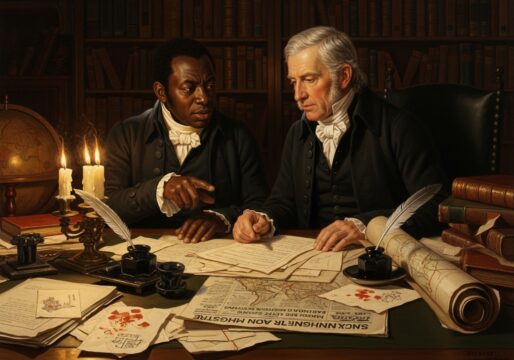
The Zong Massacre showed, more clearly than ever before, how slavery had stripped away every sense of humanity from its victims. It exposed how an entire system could justify mass killing as a financial decision. The outrage it caused helped fuel the abolitionist movement that eventually led Britain to outlaw the slave trade in 1807.
Today, the Zong is remembered as one of the darkest chapters in the history of the Atlantic slave trade. It stands as a reminder of what happens when human lives are reduced to numbers on a ledger.
The Atlantic Ocean still holds that memory — a silent witness to what was done in its depths. Remembering the Zong is not just about recounting a tragedy. It is about understanding how easily injustice can be hidden behind the language of profit and law, and why history must always be told, no matter how uncomfortable it is.
Suggested Reading
If you’d like to go deeper into the story of the Zong and understand the world that made such a tragedy possible, I recommend The Zong: A Massacre, the Law and the End of Slavery by historian James Walvin.
The book explores the events in detail – from the voyage itself to the shocking court case that followed – and how it became a turning point in Britain’s abolition movement. Walvin’s research helps you see how human lives were turned into “property” on paper, and how this case forced the world to confront the moral cost of the slave trade.
You can find it here: The Zong: A Massacre, the Law and the End of Slavery by James Walvin on Amazon
Follow us on Facebook and Instagram for the latest updates and exclusive content!


